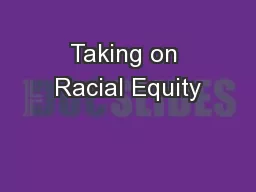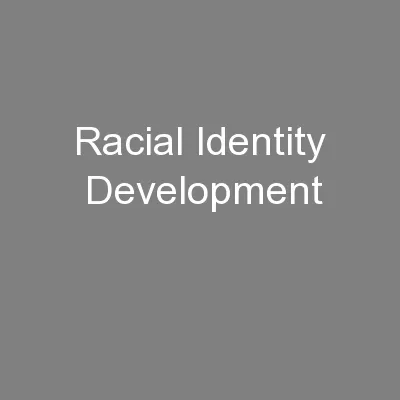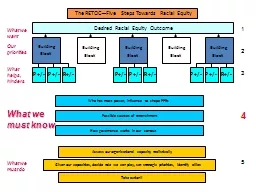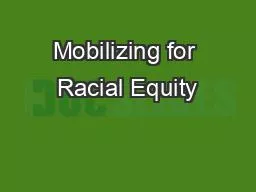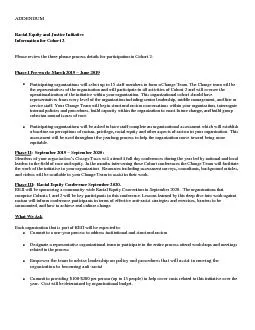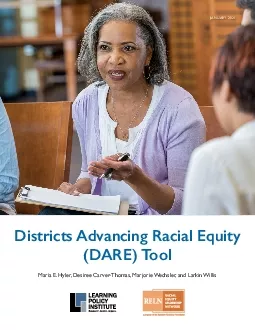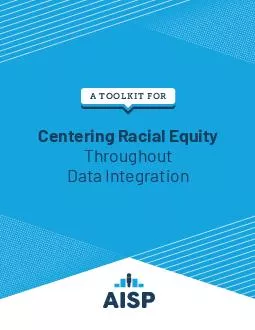PPT-Taking on Racial Equity
Author : cheryl-pisano | Published Date : 2017-03-20
Angela Russell MS Manager Diversity amp Inclusion There will be emotions that are triggered Breathe and take note about the emotions that are coming up Take care
Presentation Embed Code
Download Presentation
Download Presentation The PPT/PDF document "Taking on Racial Equity" is the property of its rightful owner. Permission is granted to download and print the materials on this website for personal, non-commercial use only, and to display it on your personal computer provided you do not modify the materials and that you retain all copyright notices contained in the materials. By downloading content from our website, you accept the terms of this agreement.
Taking on Racial Equity: Transcript
Download Rules Of Document
"Taking on Racial Equity"The content belongs to its owner. You may download and print it for personal use, without modification, and keep all copyright notices. By downloading, you agree to these terms.
Related Documents

